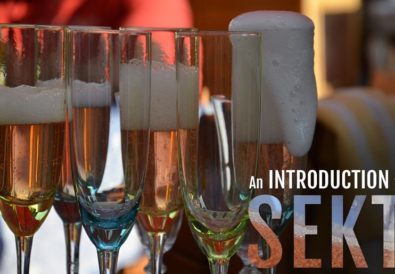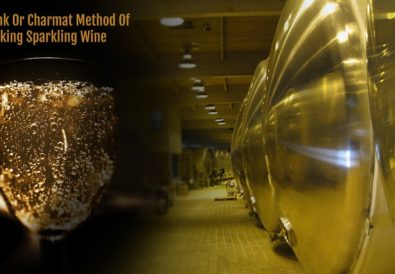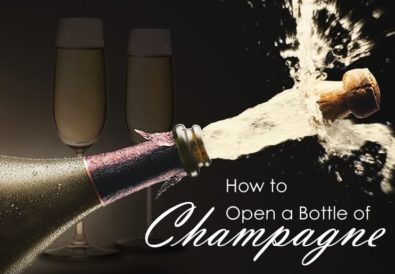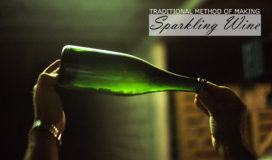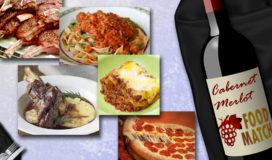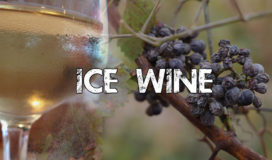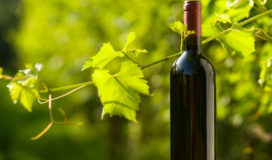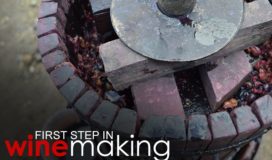
Sparkling wines are becoming the new favourite among millions of wine enthusiasts worldwide. They can be enjoyed by anyone regardless of age, gender and experience in alcoholic beverages. Many people who buy wine online recognize the exciting fizz as a part of the wine’s distinct and noble character and not just a mere ornament. This wine variety is becoming a regular treat in parties and other social events or occasions. Sparkling wine is a cut above any other type because it pairs perfectly with any kind of food; from fruit snacks, garden salad, potato chips, and desserts, to roast lamb, meaty lasagne and grilled barbecue ribs.
Because of the growing demand for sparkling wines not only in Australia but also in the whole world, it is well important for all of us to know the laborious process that every bottle of sparkling wine undergoes before reaching our households.
Harvesting
Everything starts from the vineyards. Grapes are carefully picked earlier than usual to maintain low sugar content and acidity that is higher than usual. Chardonnay, Pinot Noir and Pinot Meunier are the typical varieties that are used for sparkling wines. Other varietals are being used by several wineries, especially those outside France.
Pressing
The grapes are pressed in whole bunches. Starting from this process, the properties of the wine are closely monitored to maintain a good quality.
First Fermentation
Enzymes and/or additives are added to the grape juice before fermenting in steel tanks. This process is similar to the process of making white wines. Different varieties and fractions are then blended to produce the base wine.
Second Fermentation
Additional sugar and yeast are added to the base wine in a tightly-closed container. As the yeast consumes the sugar, it releases carbon dioxide gas which in turn fuses with the wine because of the pressure inside the container.
Wine Aging
The carbonated wine undergoes maturation from six to twelve months with yeast lees. Lees are dead or inactive yeast that contributes texture and creaminess to sparkling wines.
Riddling
The wine is now transferred to riddling containers or individual bottles to allow yeast residuals to accumulate at the bottom for three to four weeks.
Disgorging
The lees, quickly exposed to freezing temperatures, are popped out from the bottles to leave a clean sparkling wine.
Dosage
The sweetness and other characters of the wine are adjusted (as needed) before bottling and corking.
Overall, the process requires much passion and patience before capturing the distinct bubbly characters in every bottle of sparkling wine. It is obvious that there is very little room for error as even the smallest of details should be closely monitored regularly. It requires time, hard work and lots of love to create sparkling wines of excellent quality.


